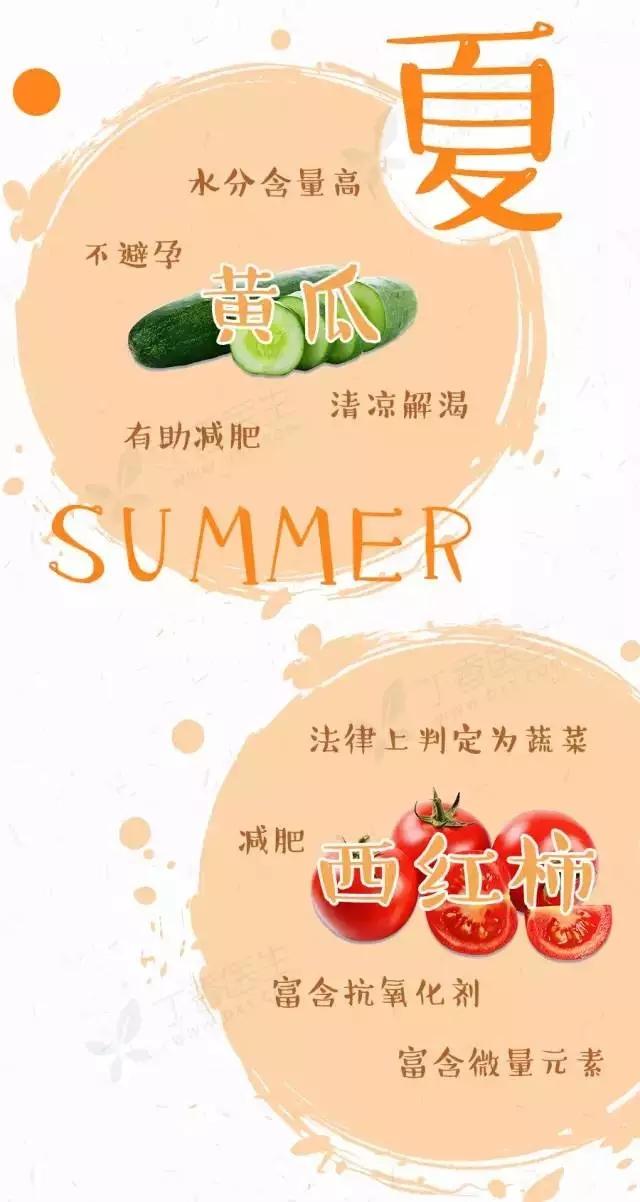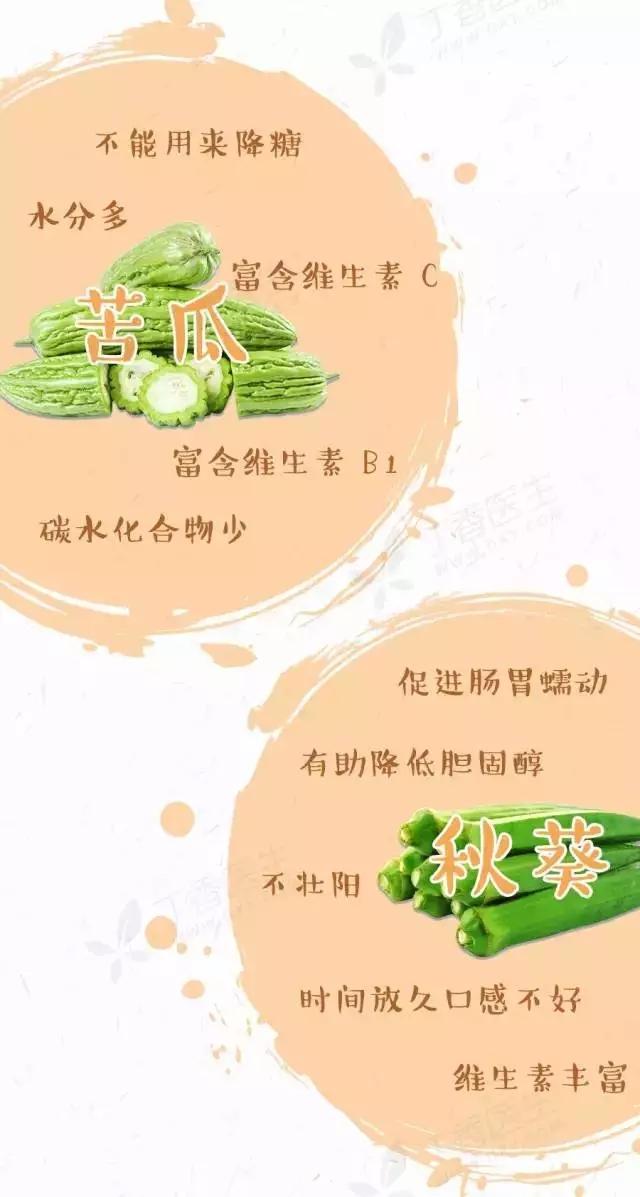Eat different vegetables all the year round and choose them slowly according to the picture inside.
In winter, the weather is cold, and the variety of vegetables is gradually decreasing. It turns out that many families often make do with cabbage, potatoes and chili peppers.
Oh, northeasterners may add an old pickled cabbage. Ha ha ha
But now the standard of living has improved, in fact, no matter spring, summer, autumn and winter, there are many good seasonal vegetables in every season, so the editor will show you.

Spring
Vegetables are the protagonists of spring, competing to stand out, the body after the winter of Tibet is also ready to start, waiting to inject energy, waiting for vibrant growth.


Summer
In summer, a lot of nutrition is accompanied by sweat loss. Eating more of the following vegetables are the most common vegetables in summer. We can eat more, which is good for our health and can prevent many diseases. This is much healthier than eating greasy meat every day.


Autumn
In autumn, many people get angry easily, and when they are angry, they will have symptoms such as mouth sores, astringent stools and so on. If you do not dispel fire in time, there will be too many toxins in the body, causing a variety of diseases.

Winter
The focus of the winter diet is to warm the stomach against the cold, whether it is vegetables, fruits, nuts, meat, tea and so on.
You may ask: no, isn't it radish, cabbage and chili this winter?
In fact, these are only traditional vegetables in season. With the development of agricultural technology, many vegetables can be listed out of season. In the cold winter months, we can also eat spinach, rape, chrysanthemum, pea tips, broccoli, asparagus …
1. Winter bamboo shoots:
Winter bamboo shoots have the characteristics of low fat, low sugar and multi-fiber. Regular eating can promote intestinal peristalsis, eliminate food accumulation, and reduce gastrointestinal fat absorption and accumulation. Winter bamboo shoots can not only be cooked with meat, poultry, seafood and other meat materials, but also can be fried with edible fungi and green leaf vegetarian vegetables, and can also be cooked separately.
2. Mushroom:
Lentinus edodes, also known as winter mushrooms, is an edible fungus that people often eat in winter. Lentinus edodes is low in calories, high in protein and vitamins, and can not only provide a variety of vitamins needed by the human body, but also promote the absorption of calcium in the body. Regular consumption of Lentinus edodes can also enhance immunity and prevent colds.
3. White radish:
Radish is divided into white skin, green skin, red skin and other kinds of, both raw and cooked food, its vitamin C content is 10 times that of pear, but also contains interferon inducer, with anti-virus, anti-cancer effect. Radish taste pungent, sweet, cool, has the effect of eliminating stagnation, resolving phlegm and antipyretic, detoxification, and has curative effect on bronchitis and cough.
Some people may have doubts about out-of-season vegetables, thinking that they are not as good as seasonal vegetables.
In fact, in terms of nutrition and safety, there is not much difference between out-of-season vegetables and seasonal vegetables. Having more choices is, of course, much happier than a single radish cabbage every day!
Science benefits foodie, so feel free to buy it when you go to the vegetable market.
You have to eat well in winter!
- Prev

Netizens chose the "five worst vegetables", and I didn't accept the last two.
1. Many people don't like parsley because of the taste of coriander. I personally think it's OK. Well, in fact, I am not picky about coriander. I don't have okra.
- Next

Kids don't eat vegetables? 15 simple ways to take it down easily
The Secret Garden of the Cow herding Class was originally produced by Jenny Catton translator: Sunnisky Photo Source: lifehack after a busy day, you want to.
Related
- Where is it suitable to grow horseradish in China? it is expected to see the middle altitude horseradish in Alishan.
- How to prevent tomato virus disease reasonably? (Control methods included)
- Many people like to plant towel gourd on the balcony. What are the main points of this method and management?
- What crops can chili peppers be mixed with?
- Fertilization techniques and matters needing attention in Tomato
- What are the grafting techniques for peach seedlings in spring?
- Harm and control methods of root swelling disease of Chinese cabbage
- What are the pests of sweet potatoes? How to prevent and cure it?
- Symptoms, causes and Control methods of navel Rot in Tomato
- The cause of "Cucumber rotten bibcock" in Farmers' planting Cucumber and its Control Plan

